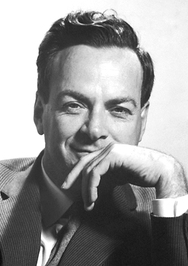
Unlocking Core Motivators for Effective Behavior
Psychological researchers have delved into the essence of what propels our actions, identifying a trio of core motivators that steer our behavior: inner drive, outward incentives, and self-acknowledgment.
Inner Drive: The Force of Pleasure
Central to a lasting and profound influence on our actions is inner drive, which fosters heightened involvement, creative expression, and advanced achievements. “Those who are propelled by inner drive are more inclined to overcome obstacles, be in the zone, and feel a genuine sense of fulfillment from their achievements,” as clarified by the article. Engaging in hobbies such as strumming a guitar for sheer enjoyment or immersing oneself in literature for knowledge’s sake embody the essence of what it means to be moved by internal rewards, freedom, and a clear mission.
In cultivating inner drive, it is beneficial to employ approaches that align endeavors with personal passions, promote autonomy, and cultivate a nurturing milieu. The spotlight should be on the journey and the joy it brings, rather than on the destination.
Guiding Outward Incentives and Self-Acknowledgment
Outward incentives are characterized by their dependence on external rewards or penalties, like studying to achieve excellent grades or working to earn a salary. Although capable of igniting and directing behavior, this form of motivation might not sustain interest or contentment in the long haul. Employing practical targets and providing impactful incentives are some of the techniques recommended for effectively deploying outward incentives.
Self-acknowledgment bridges the gap between inner drive and outward incentives, describing instances where acts, originally motivated by external factors, gain internal significance over time. “Chosen initially for reasons outside oneself,” the article states, “pursuits such as community service can take on personal importance.” To aid this shift, it is advised to assist individuals in recognizing the positive impacts of their efforts and to bolster personal reflection and belief in their capabilities.
Implementing Motivation Schemes for Triumph
The insights into these various motivation elements are key to realizing individual and collective aspirations, as they steer people toward paths congruent with their beliefs. Within the workplace, such comprehension enables leaders to cultivate settings that cater to diverse motivational forces and to celebrate the achievements of team members, thus nurturing a workforce that is both more effective and contented.
In summary, understanding one’s own motivational forces and creating spaces that nurture a combination of inner drive and outward incentives can significantly enhance the quality of our lives.








